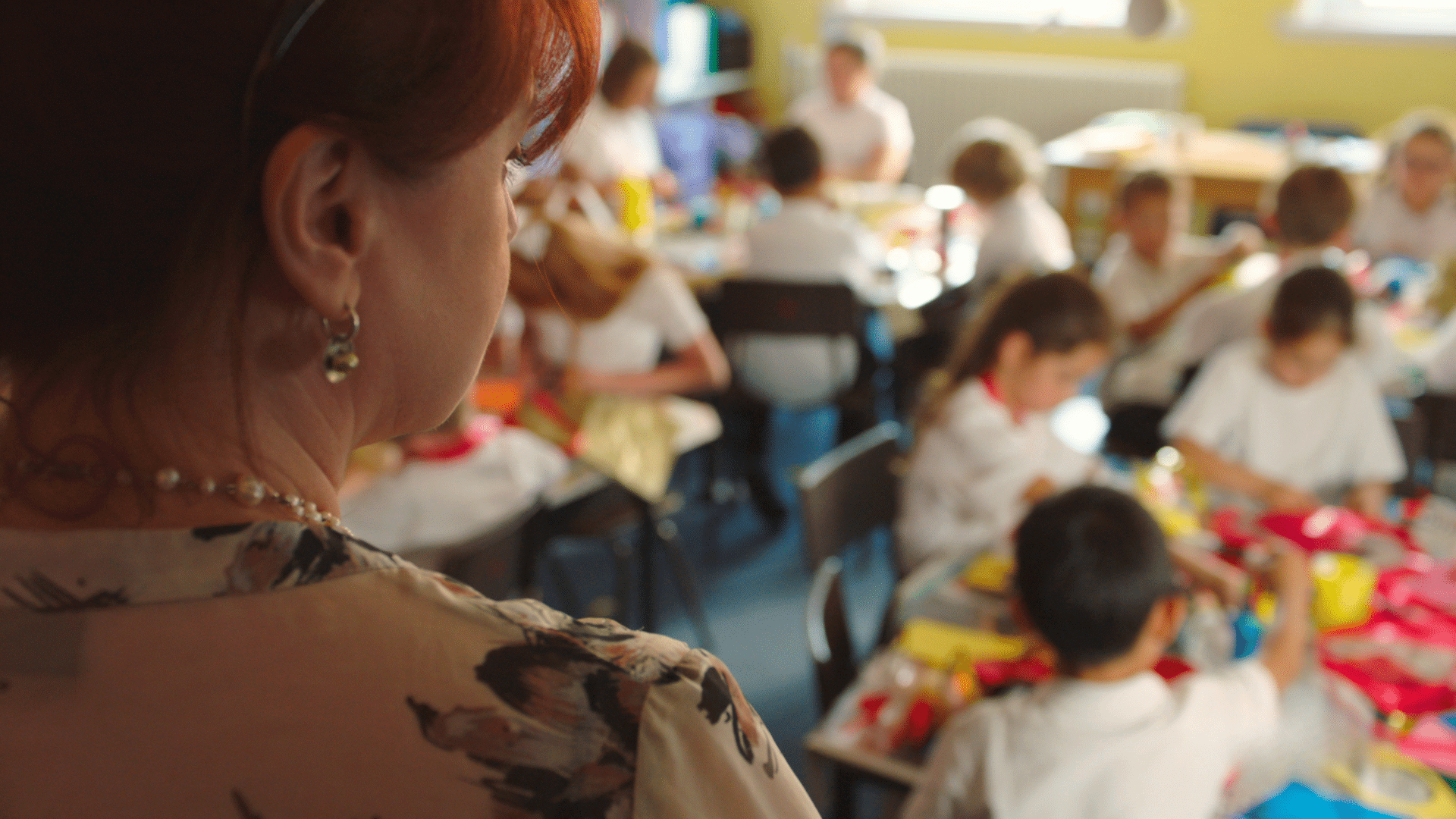
In this blog we explore current perspectives on PDA, and learn from Steph’s experience supporting her daughter. Steph is an author and blogger of Steph’s Two Girls. For more information about PDA you can visit the PDA Society or the National Autistic Society.
When a diagnosis doesn’t tell the whole story
When Steph’s daughter, Sasha, was 2 she was diagnosed with autism. Her family were grateful to their paediatrician who was able to make such an early diagnosis; this isn’t always the case, especially for autistic girls. Steph also found a lifeline in regular coffee mornings with other mums of autistic daughters. However, through hearing these stories Steph realised that Sasha’s experience wasn’t necessarily typical, and the interventions which were often recommended for autistic children didn’t seem to help.
Searching for answers, Steph had a lightbulb moment when she discovered online communities for parents of PDA children. PDA doesn’t appear in diagnostic manuals, but it can be added as a description or profile on an autism diagnosis to indicate the most helpful support approach. It’s therefore not surprising that Steph was met with resistance when she brought up PDA in Sasha’s paediatrician appointment. It took three years for Sasha’s autism diagnosis to be updated with her individual profile, and by this time Steph had been successfully following PDA support approaches at home.
What is demand avoidance?
We all avoid things we don’t want to do, especially when we feel under pressure. Demand avoidance in autistic children is also not uncommon. However, it is thought that PDA children’s demand avoidance may be more complex; children can experience overwhelming anxiety and panic in response to everyday demands, even if it’s something they want or need to do. Explicit demands are easy to recognise (do this, don’t do that), but in daily life we also come across many indirect demands, as well as those our bodies make on us such as hunger, thirst or needing to sleep.
PDA children can develop extreme and challenging strategies to avoid demands, including retreating into fantasy, being passive, distracting or even being aggressive. It’s thought that their high levels of distress are related to feelings of reduced autonomy, and that PDA children are more able to cope when they feel in control. Traditional support approaches for autism which involve structure and predictability can therefore be unhelpful for PDA children.
For Sasha, a seemingly fun activity like going to the cinema is very difficult – even if she wants to see the film. There’s a huge number of social expectations and sensory challenges to navigate, including getting dressed, being on time, sitting still, staying quiet, and keeping her attention on the film. When combined this can make a situation completely overwhelming, and like many neurodivergent people, Sasha finds it easier to make social connections online, on her terms.
Support approaches for PDA children
Parents of PDA children can find that outbursts or meltdowns are unpredictable, and may feel like they’re walking on eggshells around their children. Steph has found that reducing demands to a manageable level lessens unnecessary distress for Sasha and her resulting challenging behaviours. Making it possible for Sasha to not do something in the short-term might also mean that she has the energy for something more important later on.
Steph feels that she and Sasha have built such a trusting relationship because she is willing to find another approach if Sasha is struggling. This often means changing plans at the last minute, and being flexible with her own expectations for a given day. PDA children might find it hard to express why something is difficult for them, and the reasons for their extreme anxiety may not be obvious at first. With trial and error and a little creativity however, it can be possible to find a different way of doing things that works for them.
For Steph it is about changing mindset, and recognising that Sasha simply can’t do certain things when she is overwhelmed – it’s not that she is choosing to be difficult. This can mean handing over a level of autonomy which children and young people often don’t get.
“Typical or traditional parenting strategies involve showing the child that the parent is in control. With PDA, the child needs to feel like they are the ones in control – which involves some pretty exhausting forward planning and sometimes quick thinking. The truth is that the more you try and make a PDA child fit into the system, by following typical parenting or education strategies, the more likely they are to feel forced into behaviour which challenges.” – Steph’s Two Girls Blog
Stigma
Steph is a blogger and author of content which explores PDA in families and education settings. However, misconceptions about PDA can mean that many advocates feel unable to speak publicly, and may even use pseudonyms to protect their identities. Steph felt lucky that their family’s experience was validated and respected, but has heard multiple accounts from parents who felt that they weren’t believed when describing their child’s behaviour. Awareness about PDA varies, and parental anxiety about being blamed can reduce trust and make it harder for children to access the right support.
At school, Sasha’s teachers did their best to creatively accommodate her needs; they let her walk around in the classroom, set up ‘crafternoons’, and created spaces where she could quickly escape sensory overwhelm. However, for Steph, the lack of awareness about PDA is the biggest single challenge in getting the right support. As Sasha finds it difficult to engage in conversation it’s not possible for her to advocate for herself at the moment. This makes it even more important for Steph to have a language or framework for communicating about Sasha’s needs with her teachers and other professionals who are supporting her.
Why is the term PDA controversial?
The term PDA was developed in the 1980s by Elizabeth Newson and is currently described by the PDA Society as part of the autism spectrum. There is clinical and academic debate about how to understand and respond to PDA characteristics, and whether PDA is a profile of autism. Some experts believe that PDA experiences overlap with other neurodivergent diagnoses such as ADHD and anxiety, which commonly co-occur with autism.
We currently understand autism as a spectrum, and that every autistic child has different experiences and needs. An autism assessment and diagnosis should also reflect the dimensional needs of every child, including if they have a demand-avoidant profile. However, it can be harder for PDA children to get a formal diagnosis at all, or to have their needs recognised, because they don’t fit how autism is stereotypically depicted.
For families with PDA children, it can be life changing to have a map for understanding their child’s behaviour and how to help them, and sometimes self-identification can be the only option when a formal diagnosis isn’t accessible. Without enough research about PDA, some professionals are concerned that support approaches for PDA children aren’t evidence-based. However, for parents like Steph, seeing the positive impact for their child can be evidence enough.





